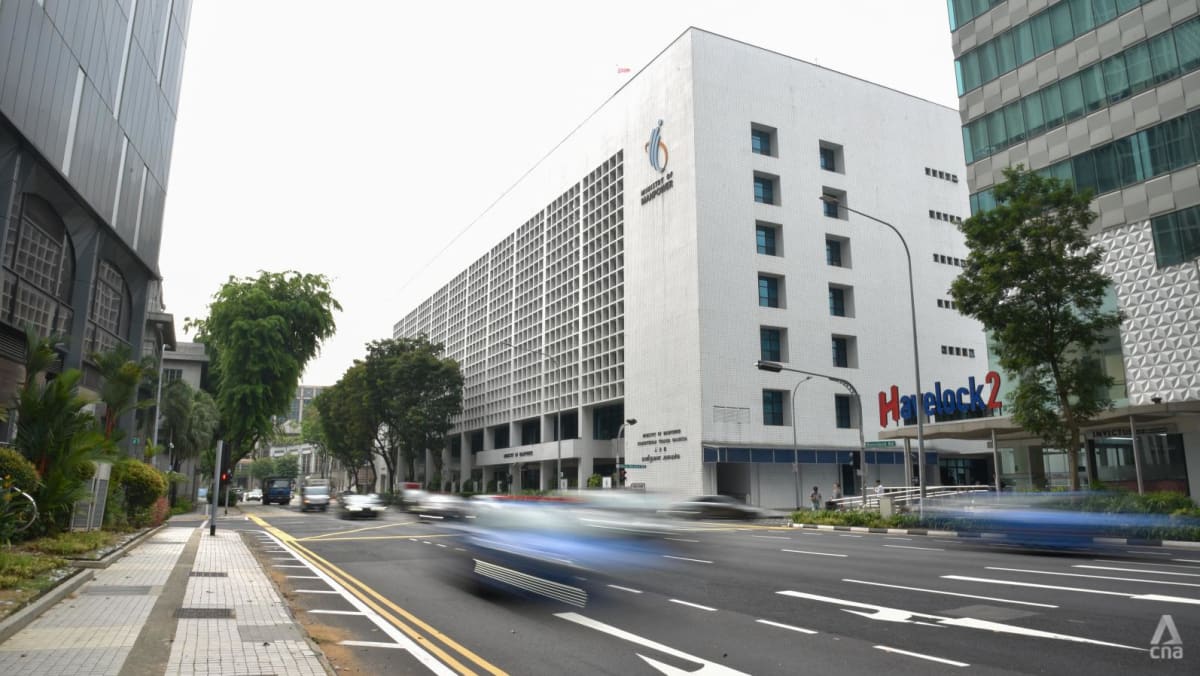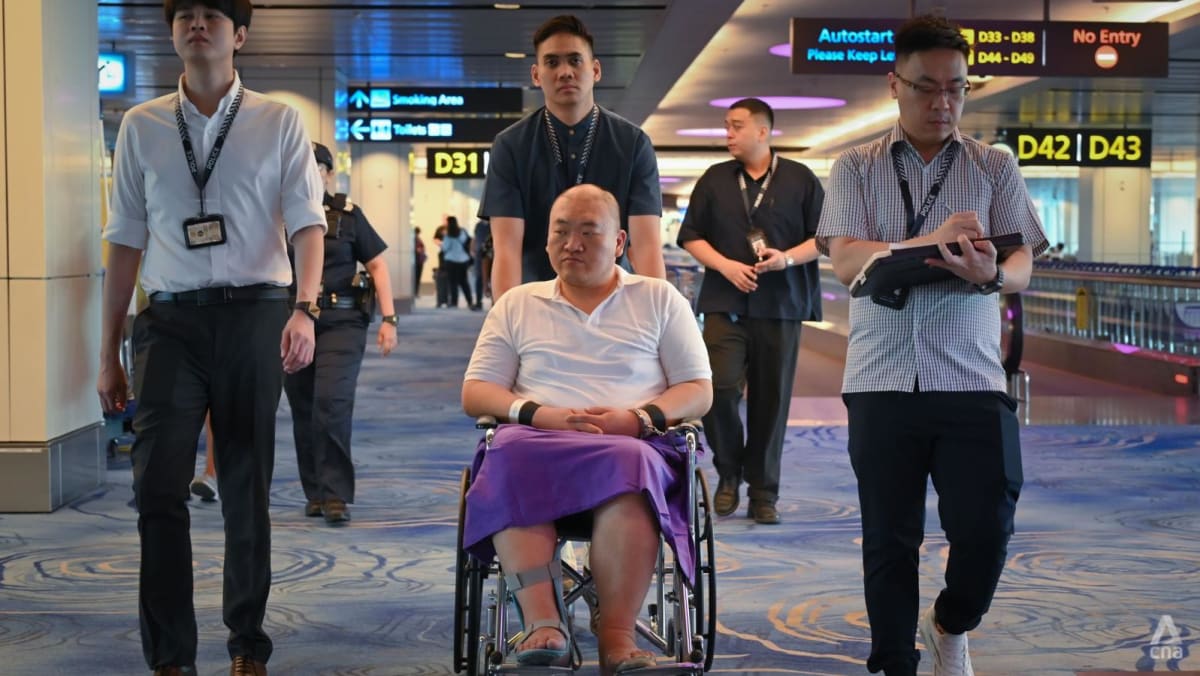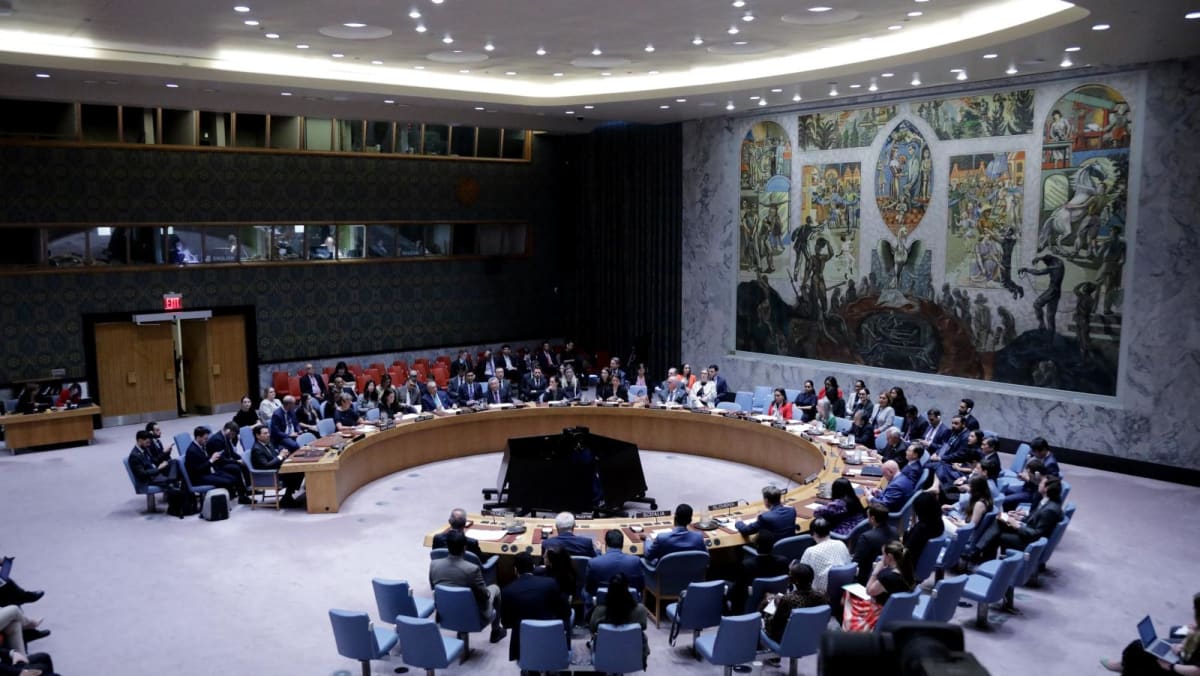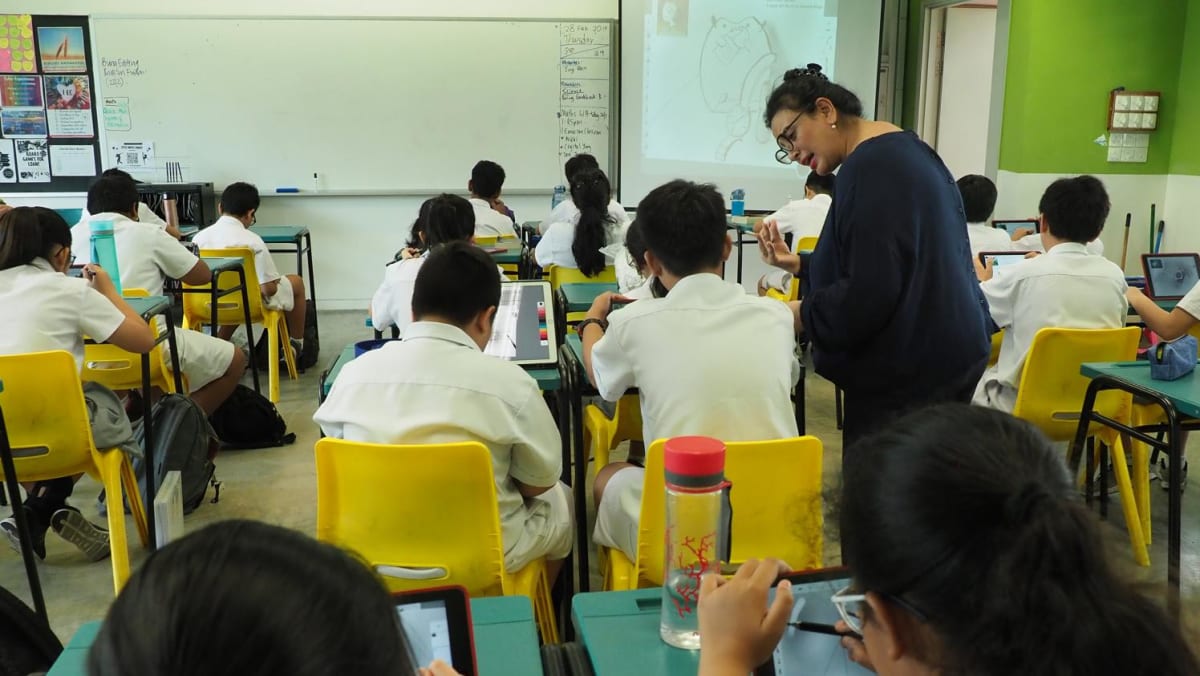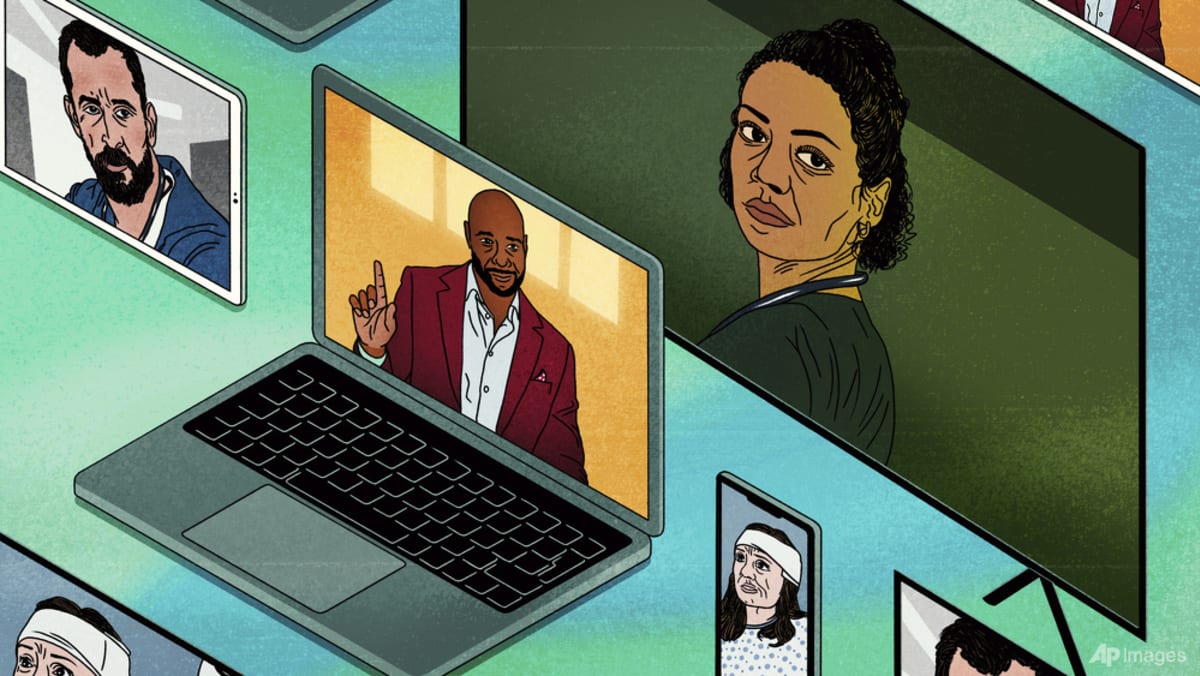SINGAPORE: When Madhivadhana Sathiyamoorthi was 4 years old, playing with a puzzle made of magnetic beads almost killed her.
Her family had to rush her to a nearby polyclinic where an X-ray revealed the girl had swallowed 62 beads. Because they were magnets, many were stuck to each other in her intestine, which could have led to a potentially deadly bowel twist.
She was warded at the National University Hospital (NUH) where she underwent emergency surgery to remove the beads.
The procedure was successful, and Madhivadhana – now aged 9 – has a scar across her belly as a permanent reminder of the incident.
“I was (so) worried because she was very young. At this age, she has to go through abdomen surgeries – (it's) unimaginable. I was worried and (so) stressed,” her father Sathiyamoorthi told CNA.
Such trauma cases have been on the rise in Singapore in recent years, prompting the launch of the first-ever National Injury Prevention Conference on Tuesday (Apr 1).
The conference, jointly held by NUH’s National University Centre for Trauma and KK Women’s and Children’s Hospital (KKH), aimed to drive potential changes to the law and address common causes of traumatic injuries.
22% JUMP IN CASES
According to latest data from the National Trauma Registry, which collates information from Singapore’s nine public hospitals, more people are being admitted for moderate or severe injuries arising from trauma.
From 2021 to 2023, the number of such cases rose by 22 per cent – from 148 to 166 out of every 100,000 people.
Many such injuries were sustained during incidents like falls and road accidents.
During that period, roughly eight out of 100,000 patients were treated for traumatic injuries at public healthcare institutions daily.
These ranged from minor injuries like sprains to severe ones like amputations.
Among adults, the leading causes of moderate to severe traumatic injuries were falls – especially at home – and vehicular accidents. Motorcyclists made up nearly half of the latter.
For children under 18, falls at home were also the most common cause of moderate to severe traumatic injuries. Most injured on the road were either cyclists or pedestrians.
About one in 10 children were also injured after nearly drowning, with more than half of these cases happening at private pools.
Meanwhile, about one in five people who sustained severe traumatic injuries died from them.
NATIONAL ROADMAP
A national roadmap is now in the works to stamp out the common causes of such injuries. The move is being led by NUH and KKH.
Some focus areas for the roadmap include enforcement and education, said Adjunct Assistant Professor Raj Menon, centre director of NUH’s National University Centre for Trauma.
“For example, looking at workplaces, one of the main areas we were discussing at the conference was simple things like evacuation, calling an ambulance, calling 995 when you get involved in an accident in the first place,” he told CNA’s Singapore Tonight programme.
“(It’s also about) teaching the workers on the ground and the supervisors how to manage injuries as they occur. This helps to reduce the burden of injuries which are occurring.”
He noted that this does not have a single solution but instead involves a “whole-of-government, whole-of-society approach”.
This includes drivers and vehicle passengers adhering to safety rules and precautions, like wearing seatbelts, added Adj Asst Prof Menon.
The common denominator among paediatric trauma cases is that they are “highly preventable”, said Dr Ronald Tan, senior consultant at KKH’s department of emergency medicine.
He recommended, for example, that parents install window grilles if they live in high-rise flats, in order to prevent children or others from falling out of the windows.
“We really want to emphasise to everyone that prevention is always better than cure, so let’s have that safety mindset,” added Dr Tan, who also chairs the KKH Injury Prevention Workgroup.
Professor Kenneth Mak, director-general of health at the Ministry of Health, told reporters at Tuesday’s conference that more can be done even as efforts to prevent injuries are ongoing.
The conference brought together government partners – like the Health and Manpower Ministries – and the Road Safety Council.
“Ultimately, we seek to improve safety in the areas (of) paediatric, workplace and road safety at this conference,” Prof Mak added.
“With sharing of knowledge and best practices and through partnerships, we can prevent all preventable injuries.”





